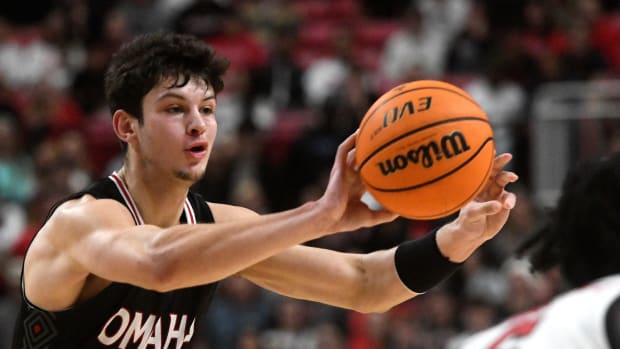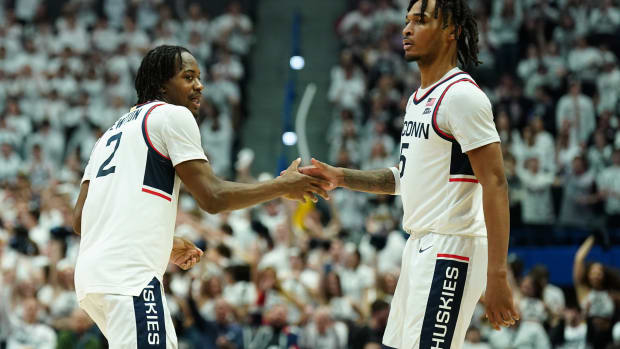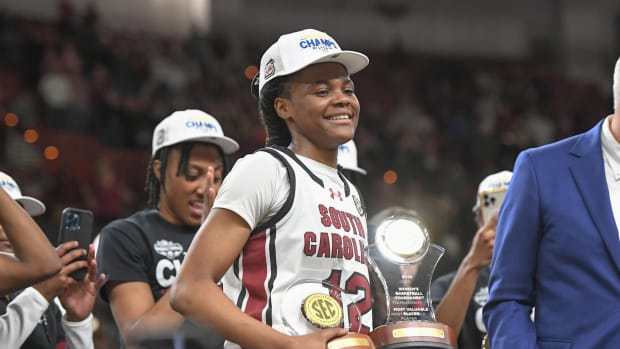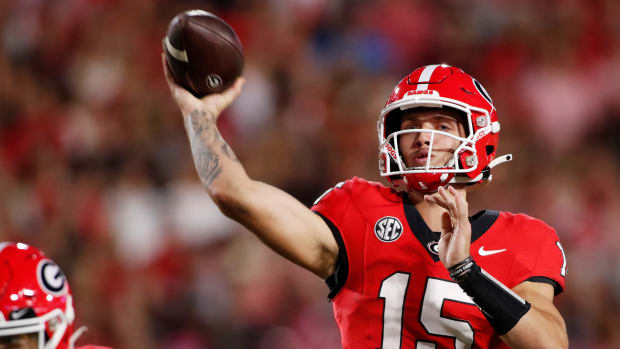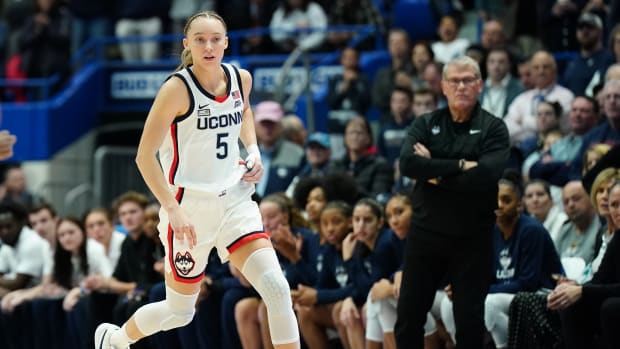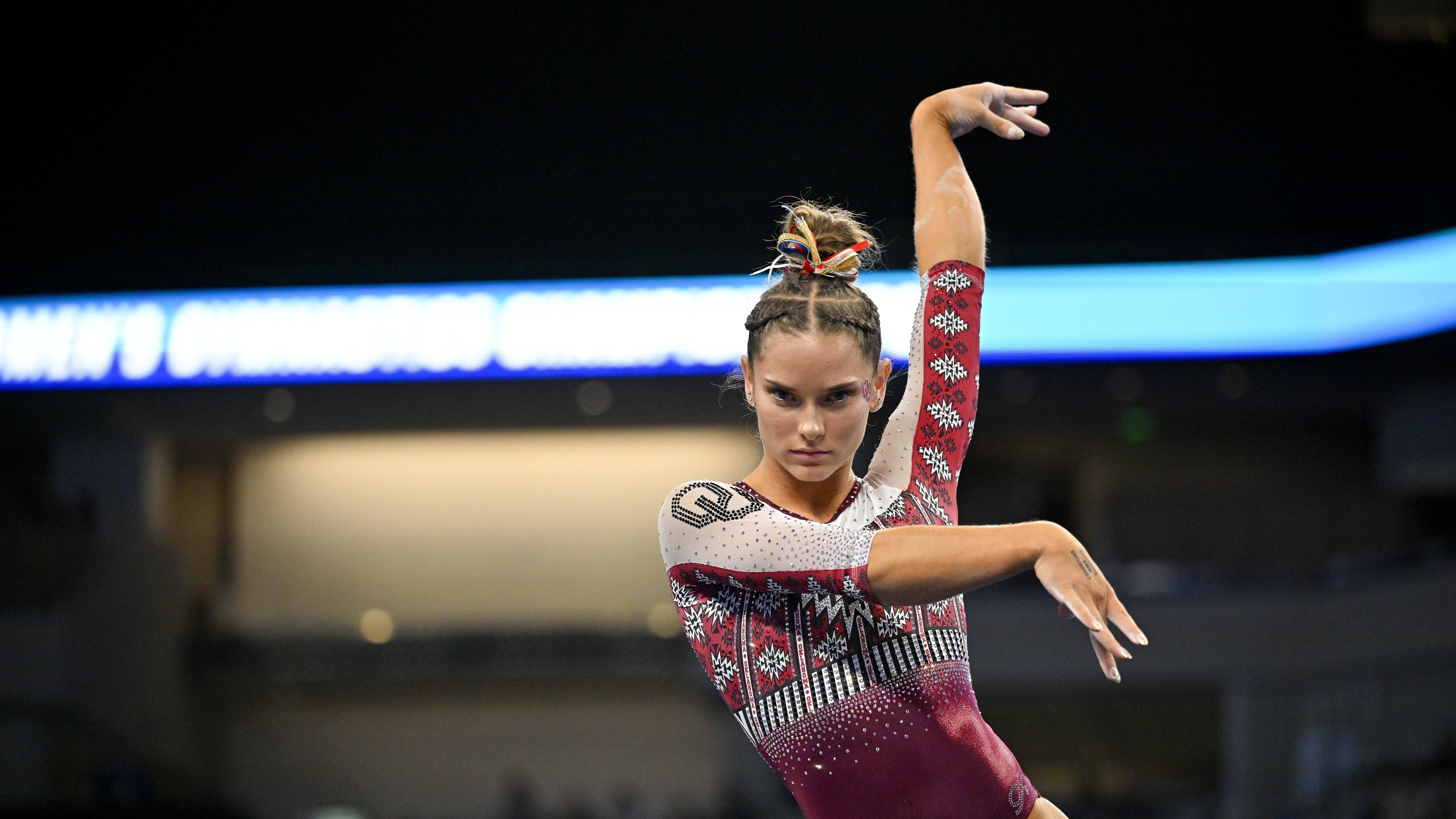
New Virginia NIL Law Raises Huge Title IX Question while Biden DOE Sidesteps Sports
The Department of Education released new Title IX guidance today, no changes were made to anything related to college athletics
This week, lawmakers in Virginia unveiled novel legislation removing restrictions on institutions for engaging in NIL deals with their players. Simply put, starting July 1, schools in Virginia will be allowed to directly sign athletes to NIL endorsement deals between the player and the university. While the rule, in theory, does not pay athletes for their on-field performance, but rather their appearance in institutional marketing efforts; in practice, it is uncertain how this new ability of schools will be executed. One glaring issue raised by the new legislation is the applicability of Title IX regulations institutionally funded NIL payment.
Title IX, the landmark 1972 federal legislation, amongst other things, enshrines equal opportunity for men and women in collegiate athletics. According to the NCAA:
Athletics programs are considered educational programs and activities. There are three basic parts of Title IX as it applies to athletics:
- Participation: Title IX requires that women and men be provided equitable opportunities to participate in sports. Title IX does not require institutions to offer identical sports but an equal opportunity to play;
- Scholarships: Title IX requires that female and male student-athletes receive athletics scholarship dollars proportional to their participation; and
- Other benefits: Title IX requires the equal treatment of female and male student-athletes in the provisions of: (a) equipment and supplies; (b) scheduling of games and practice times; (c) travel and daily allowance/per diem; (d) access to tutoring; (e) coaching, (f) locker rooms, practice and competitive facilities; (g) medical and training facilities and services; (h) housing and dining facilities and services; (i) publicity and promotions; (j) support services and (k) recruitment of student-athletes.
Nothing in the guidance from the NCAA explicitly outlines any necessary Title IX application to institutional NIL payment. However, if the institutional NIL compensation is deemed as financial assistance from the university a strong argument could be presented that it would be a violation of the Office of Civil Rights interpretation of Title IX (), “when financial assistance is provided in forms other than grants, the distribution of non-grant assistance will also be compared to determine whether equivalent benefits are proportionately available to male and female athletes. A disproportionate amount of work-related aid or loans in the assistance made available to the members of one sex, for example, could constitute a violation of Title IX.”
Currently, revenue student athletes in men’s basketball and football are paid through entities called collectives in what are known as ‘pay-for-play’ deals. At the nation’s most well-NIL-funded schools, collectives’ total payroll can reach eight figures. Collectives operate as shell corporations that solicit money from boosters and pay athletes on retainers to appear in token endorsements promoting the collective, as to remain compliant with NCAA and state regulations that ban direct ‘pay-for-play’. While, on paper these deals are for endorsement, these contracts’ actual function is to serve as inducements to retain current players and recruit high school and transfer athletes.
Criticism of the collective model has been made by many advocates for women athletes. Due to the high level of exposure, rabid fandom, and the institutional importance of successful football and men’s basketball programs, ‘pay-for-play’ contracts are almost universally reserved for men in these two sports. Critics, like The Drake Group, have pleaded to the Office of Civil Rights (OCR) and Department of Education (DOE) to give guidance on the situation and implement Title IX principles to the third-party NIL collectives.
Ultimately the legal argument for Title IX application to collectives is weakened by the third-party nature of the current NIL funding arms. NIL collectives are not institutionally run and are separate legal entities from the universities that they support. Applying Title IX restrictions to a third-party engaging in what is still a bona-fide contractual agreement, even if the pretense is a charade, feels like an overreach of Title IX’s intent.
Now, in the wake of recent developments to Virginia NIL legislation, demands for the involvement of the OCR and DOE in NIL affairs once again feel ripe. Institutional NIL engagements remove third-party involvement: the strongest argument against those, like The Drake Group, who posit that NIL collective’s male dominated pay roll violates Title IX. When taken for what most NIL payments are to revenue athletes, it is an easy argument to make that these institutional NIL deals are financial assistance and could be reached by current Title IX interpretations.
Now, more than ever, guidance is a necessity. Schools in Virginia are still unsure how to proceed without further guidance, in an interview with ESPN Virginia Tech Athletic Director Whit Babcock "It's still an open question, and it's a huge question," when asked about Title IX implications.
Aligning almost perfectly, today, the Department of Education released revised Title IX rules. The Biden administration made many changes to Title IX regulations, predominantly focused on application of Title IX principles to people who identify as transgender. However, to the surprise of many, nothing has changed in the realm of athletics. Many pundits believed that Biden was to institute a rule enshrining rights for the participation of transgender athletes, especially following the NAIA’s recent ban of biologically born men from competition in women’s sport, regardless of transgender identification.
Surprise also followed when new DOE guidance kept a previous Trump administration revision that places a moratorium on the suspension or removal of a player for alleged sexual misconduct, until a Title IX investigation is complete. It appears that during an election year the Biden administration seeks to hit pause on such a contentious issue, and, strategically to hit pause on addressing athletics all together.
It seems unlikely that any changes will be made to Title IX in the realm of athletics for the time being. With so much potentially at stake for schools in Virginia, and other states who are likely to follow in their footsteps by enacting similar legislation, guidance is critical. If institutional NIL is allowed to proceed without Title IX interference, collectives will likely become a less prominent institution for athlete payment, instead moving to a revenue sharing model using funds schools have received increasingly lucrative media rights deals. Disappointingly, political pressures may delay answers for the future of college sports: without guidance inevitable litigation will place the burden of this question on the federal courts.
